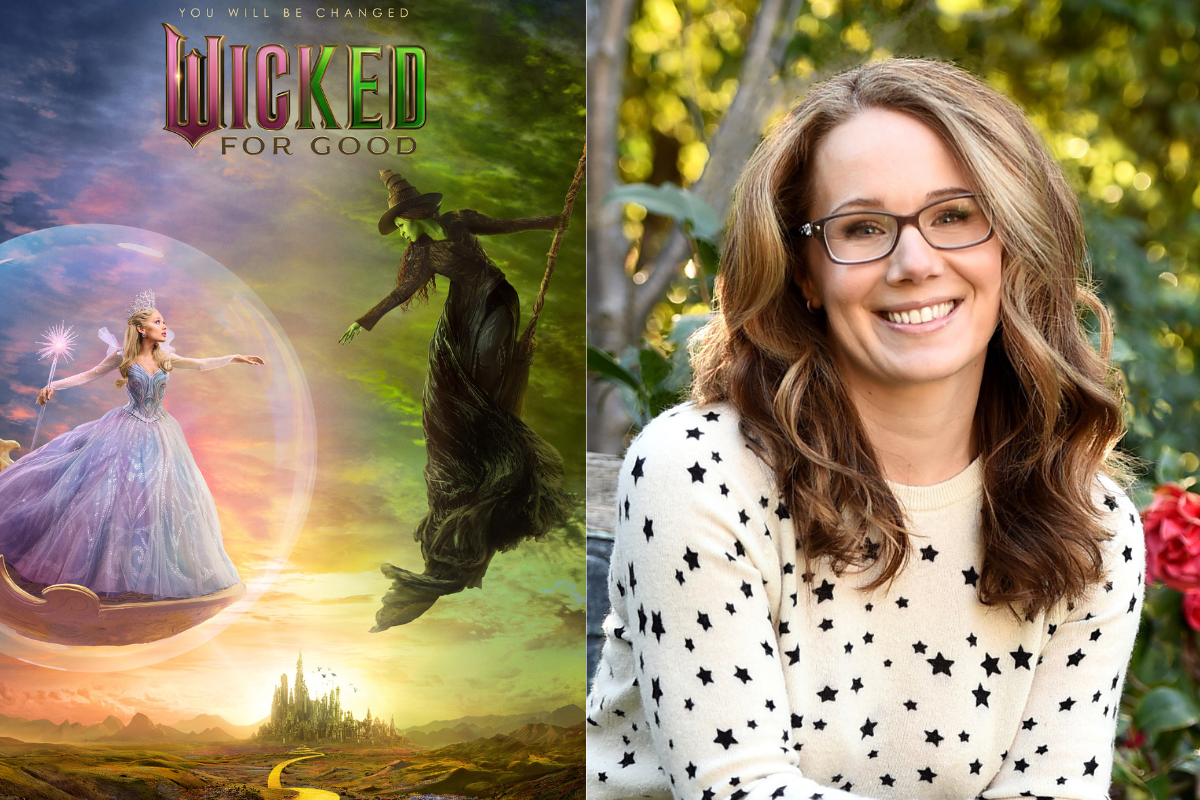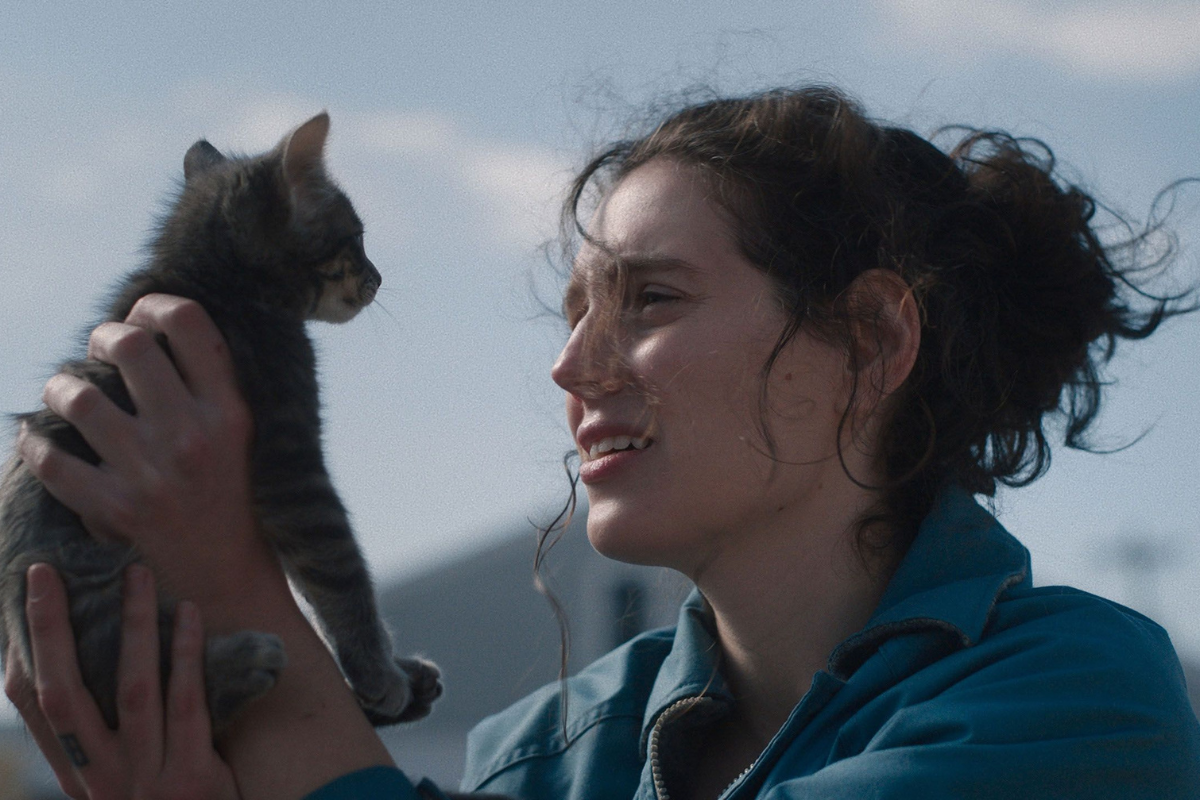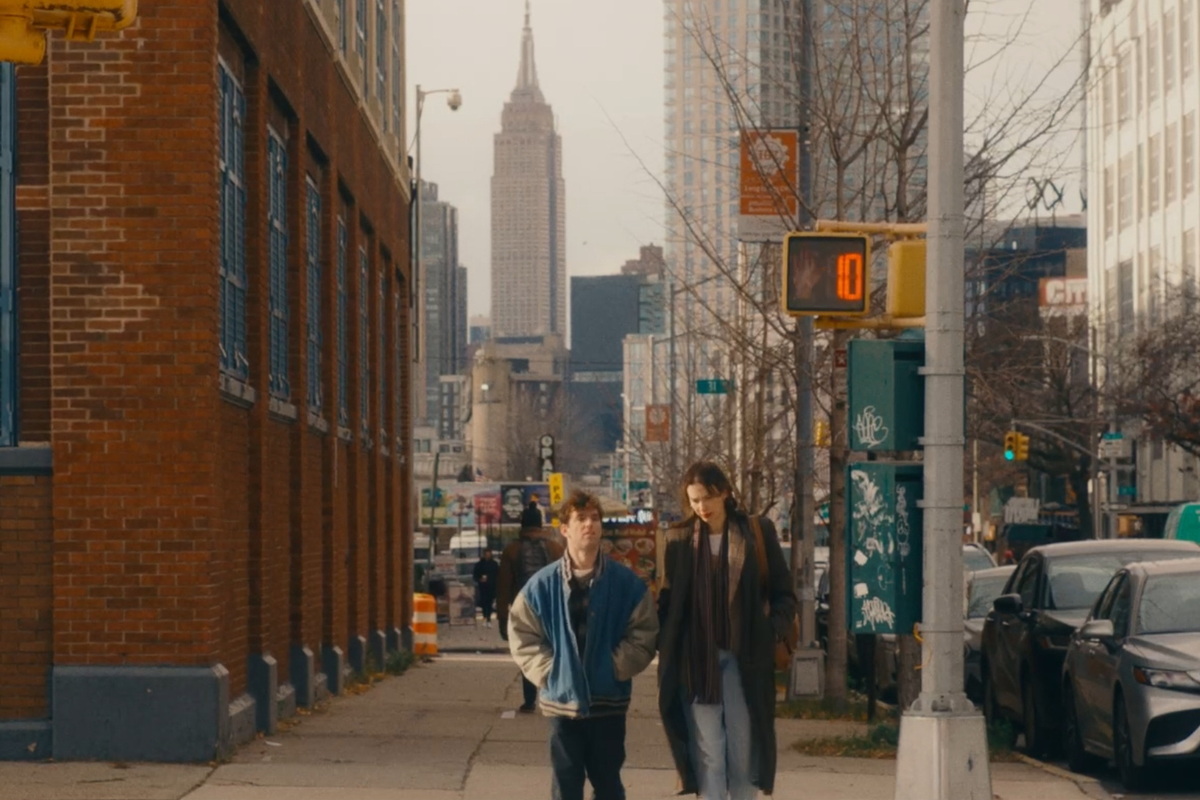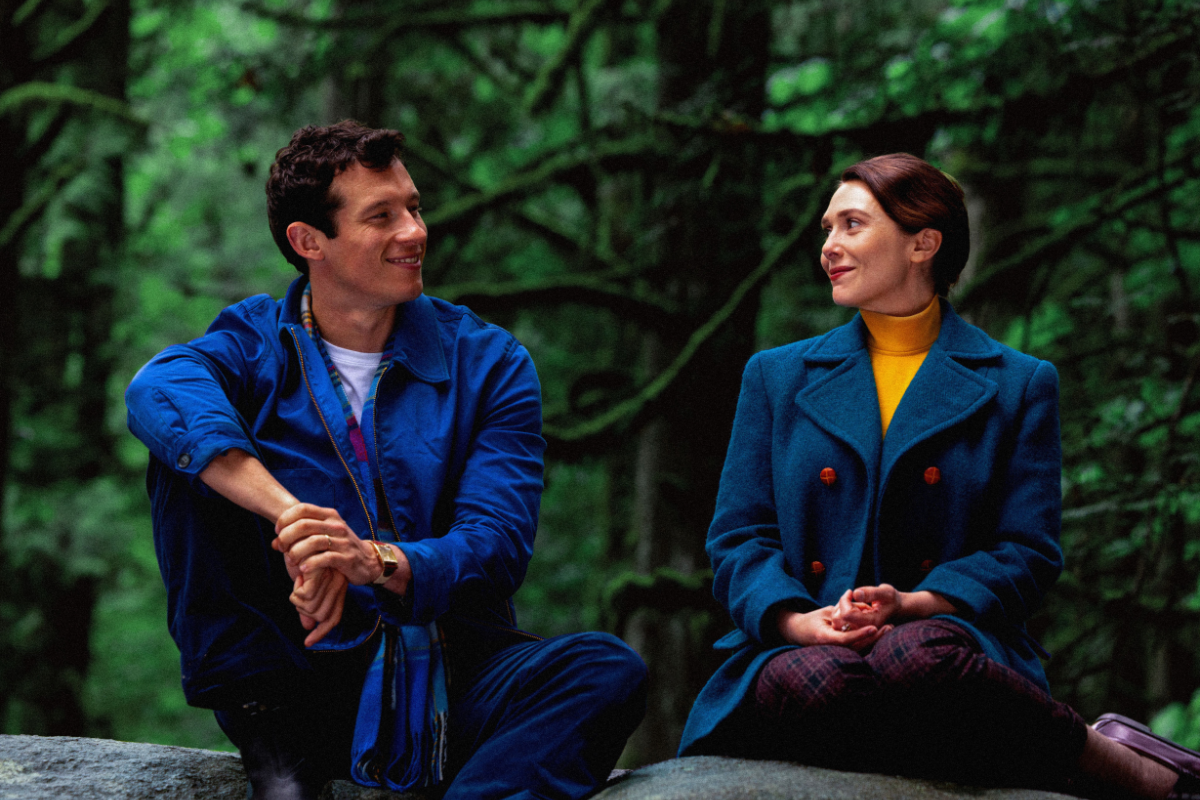Creating Time and Space with ‘They Cloned Tyrone’ Filmmakers Juel Taylor and Tony Rettenmaier
Filmmakers Juel Taylor and Tony Rettenmaier share insight into writing the script, visual influences, and how music playlists keep them unified on the page.
A series of eerie events thrusts an unlikely trio (Boyega, Foxx and Parris) onto the trail of a nefarious government conspiracy in this pulpy mystery caper.
Filmmakers Juel Taylor and Tony Rettenmaier created a film not entirely defined by the specificities of time and space, rather they created a world and characters that are familiar, and nostalgic, but uniquely their own. The film is coupled with a fun series of events, with a not-so-subtle backdrop of social commentary, which bares multiple viewings to catch the twists and turns that Juel and Tony have planted throughout the film.
Director and co-writer Juel Taylor and co-writer Tony Rettenmaier recently spoke with Script about their creative "meet cute", pitching the movie's outline first to writing the feature screenplay, Juel's visual influences, and how their music playlists keep them on the same page.
This interview has been edited for content and clarity.
Sadie Dean: Let’s start from the very top of how you two initially creatively connected.
Tony Rettenmaier: We met in school…the joke, meet cute, we always use this, we didn't have any classes together, but we started going to the gym together. You can't really tell, but we're pretty scrawny dudes. So, the gym thing [laughs] didn't really work out. But when we were there, we just started talking about scripts we were working on. And then we graduated, that just continued, because we didn't have anything to do basically once you graduate film school. And that just eventually evolved into writing a lot of projects. And eventually just realizing that like, 'If you're gonna sit in front of a computer for 12 hours writing, it's a little bit more fun to do it with someone else.' That's kind of how it all started.
Sadie: Juel, was this a script that you guys were writing for you to initially to direct?
Juel Taylor: It was always to direct for sure. But we pitched it without a script actually funny enough. We had a friend at a production company who we went in to pitch a different writing assignment and we didn't end up getting that writing assignment. But that friend and another friend at another company had always been pushing us to do this idea, because we had the idea for a while before we pitched it, but we had yet to write it. And we had that USC scarcity mentality, if we could get a job, we would take it because you don't know if you're gonna get another one. So, we were just writing open writing assignments. A friend of mine, he was like, 'Y'all are never going to sit down and write this on spec. So just come and pitch the idea.' And he kind of twisted our arm a little bit to pitch it.
And so shortly after our unsuccessful pitch on this other movie, we came back and formally pitched Tyrone and because we had relationships with these other places, once it got out that we were pitching it to Colombia, then it was like, Macro wanted to hear it and then other places wanted to hear, and so it kind of snowballed out of control in a matter of a few days. And we ended up pitching it to all these places. And so, after that we were lucky enough to have some interest...and we pitched it and we got it set up then we finally actually wrote it, but we did pitch the entire outline. It was like an hour long pitch [laughs] it was a comically absurdly long pitch. Exactly what they told us not to do in pitch class.
Bringing the R-Rated Comedy Back: Cherry Chevapravatdumrong and Teresa Hsiao Discuss ‘Joy Ride’
Sadie: After you guys have pitched it so many times, were there things that you had changed over the course of time because maybe an exec bumped on a plot point or something like that?
Tony: Yes. We learned a lot about whatever project it is when we pitch it. And Tyrone, specifically, one exec misheard something we said, and then so after we pitched and we were just all talking, he said, like, ‘I love that part when this happened,’ and what he misheard was better than what the part was. So, we just kind of went with it, and then later put it in the movie.
Sadie: I would just love to hear how you guys approached creating and tackling this world, alongside the creation of these characters.
Juel: A lot of it is based on just where I grew up... just seeing infrastructure that had so many signs of being kind of lost in time, in a lot of ways, right? Like, you have the Walmart that closes down and becomes a Hobby Lobby, then the Hobby Lobby becomes like an even more off brand version of a Hobby Lobby. And there's nothing wrong with that, but it's just an interesting little version of Americana, you know, not too dissimilar from what happened in route 66, right? Where some places aren't modernized as fast as other places and there's something nostalgic about it, you know, of seeing a place, that was the way you saw it when you were seven, and it's still like it was when you were seven.
And I think like really trying to create the world that feels very recognizable, and true to your memory of it, but at the same time, creating that sense of Uncanny Valley that giving it those Polar Express eyes. And I think, that was really, one of the first things that we really settled on, I guess, was the world building - creating this world where it felt like it was in its own hermetically sealed bubble outside of time and space, and this idea that we wanted to lean into this disorientation, as it were.
A lot of that is really just drawing from where I grew up, and trying to show it in all its different facets because, like I said, it's not like a negative qualitative assessment of the place. It's just an observation and it's something that somebody might look at and see is outdated, as being kind of repurposed in a cinematic language to be something that's visually interesting, you know? And so that's really kind of, at least from my side of it, where the world-building kind of started out as.
Sadie: And for Tony, what was that writing collaboration process like, especially for you, not coming from Jules's background, but tackling a shared vision, staying true to theme, and character voices?
Tony: What helps us just in terms of making sure we're writing the same movie is that we always write to music. I know very little about music, but Juel knows everything about music. And so that was sort of our process of when we're talking about a new project or something. It's like kind of a gas cloud and it starts swirling and condensing into a planet. We know our first big step along the process is when Juel starts saying, like, ‘That kind of reminds me of this song,’ or something, and we'll look up that song.
I don't have that encyclopedic knowledge of music, but I can tell it when I hear it. And when he finds something, we play that song on repeat the whole time we're writing. And I think that helps us stay on the same page, even if, like aspects of the story come totally from one of our experiences, because I came from a very different place than Juel - I'm from suburban Orange County, the land Olive Garden and Cheesecake Factory’s. So, having that music thread that's always playing in the background helps us merge those otherwise two disparate ideas or backgrounds.
Sadie: How much of that writing soundtrack made it into the film itself?
Juel: A lot of it actually, a lot of it, pretty much every needle drop. It grew over the course of the writing. And so, it's a lot of songs on that playlist. By the time we finished the script, it probably got 40 songs on there, but they're all like, Earth, Wind & Fire and, Mary Jane Girls and Patrice Rushen, Alicia, Diana Ross…all of those songs were songs that we would listen to writing it and you were auditioning as you're going through the scenes.
Tony: Juel is really involved - every director is involved in the music of the film - but Juel I think even more so to the point of like writing some of it. Our composer and him have known each other since they were children and made music together. So, it's very much like that texture is some like nuts to bolts from the writing it all the way and carry through, like personally by him all the way to the very end.
Sadie: Were there any specific visual sources of inspiration that you were pulling from that influenced you as a director, Juel?
Juel: I think the two biggest ones that me and Ken [Seng] focused on was actually like Todd Hido and Gregory Crewdson - photographers. We were really trying to create a world, like a visual style almost felt like a cloud was just sitting on the ground, to various degrees of success. We didn't have the biggest budget fog machine that you can get - like Blade Runner 2049, they had the big budget fog, like, that's what I saw in terms of how omnipresent the fog was, but we didn't have the tube of death. [laughs] But like Ken and Danny Durr was our gaffer and our whole G&E department did such a great job with the resources we had, still managing to create that look. And a lot of it, as I came to discover, really depends on how cold it is outside of how good the fog sits.
Just Make It with What You Have: A Conversation with 'Foil' Indie Filmmakers Zach Green and Devin O'Rourke
We definitely took a lot of cues from just still photography. And like when it comes to movies, I think a movie that was kind of our North Star funny enough, that influenced how we approached the scan back, at least in the beginning was Casino, particularly how the highlights bloom, like the grain levels. We ended up getting way more extreme with the grain as we got deeper into the process.
But when we were ideating, I think Casino was the movie that we really looked at, and we're emulating, because we shot digital and we did a film scan back with FotoKem. And that's not the same, it's not a one-to-one, there's differences. We wanted to shoot it Super 16, Netflix was like 'no' [laughs] but the Super 16 tests with the scan back were like so mushy that we ended up doing 2-perf 35. But we ultimately landed on this almost Grindhouse stock, but I think we really kind of just fell in love with the dirt and the imperfections.
The main idea was just like, it needs to look like you found a tape in your uncle's attic. It's not even the real tape, but it was just recorded off the VCR. So it's got like, you know, Sharpie writing, ‘OK, apparently it’s called They Cloned Tyrone, and I don't know when this movie came out,’ [laughs] so that was just the North Star.
Sadie: What do you hope audiences take away from watching this movie?
Tony: I think always the goal is to make something entertaining. Like obviously, the movie has a social aspect to it. But I think always our North Star was first and foremost make something that's two hours of fun. I think ultimately that's what we want people to take away. It's like you had two hours where you laugh and stuff and you can talk about it with your friends, and if it can be used as a tool to talk about other things great, but first and foremost, just make something that that we both, Juel and I, would like to see on a Friday night.
Juel: Same thing. We made it primarily because we like the process of making stuff. So, if someone watches it, it's already a win.
They Cloned Tyrone is now streaming on Netflix.
Sadie Dean is the Editor of Script Magazine and writes the screenwriting column, Take Two, for Writer’s Digest print magazine. She is also the co-host of the Reckless Creatives podcast. Sadie is a writer and filmmaker based in Los Angeles, and received her Master of Fine Arts in Screenwriting from The American Film Institute. She has been serving the screenwriting community for nearly a decade by providing resources, contests, consulting, events, and education for writers across the globe. Sadie is an accomplished writer herself, in which she has been optioned, written on spec, and has had her work produced. Additionally, she was a 2nd rounder in the Sundance Screenwriting Lab and has been nominated for The Humanitas Prize for a TV spec with her writing partner. Sadie has also served as a Script Supervisor on projects for WB, TBS and AwesomenessTV, as well as many independent productions. She has also produced music videos, short films and a feature documentary. Sadie is also a proud member of Women in Film.
Follow Sadie and her musings on Twitter @SadieKDean







